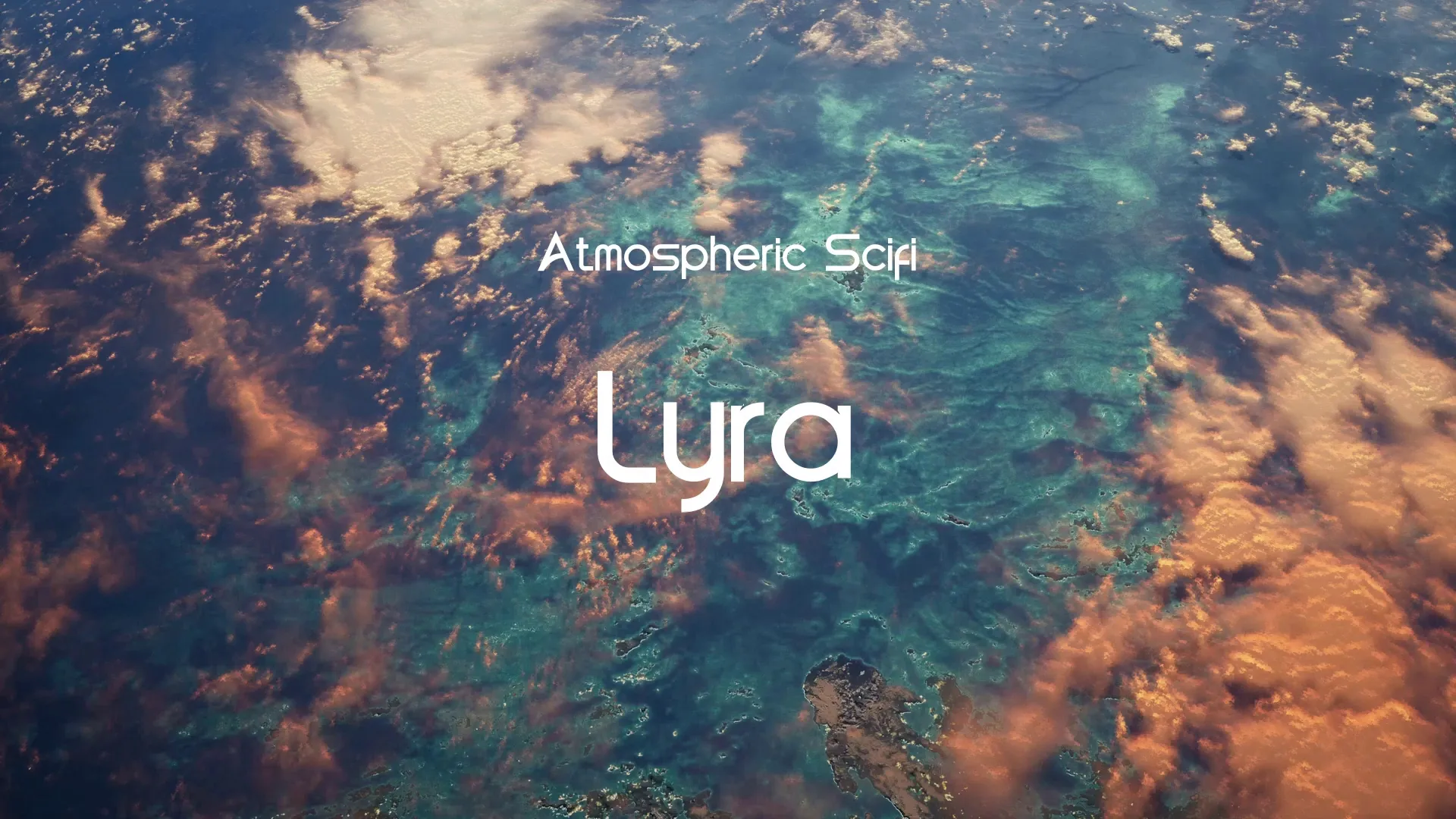Navigating Legal Requirements: A Guide to Publishing Your Indie Game
Publishing an indie game involves more than just development; it requires navigating a complex legal landscape. Overlooking legal requirements can lead to significant delays, financial penalties, or even loss of your game’s rights. This guide outlines essential legal steps to ensure a smooth and secure launch for your indie title.
Understanding Intellectual Property: Your Game’s Foundation
Intellectual property (IP) is the core of your game. It protects your unique creations and prevents others from using them without permission. Securing your IP is paramount from the project’s inception.
Copyright automatically applies to original works of authorship, including your game’s code, art, music, and narrative. While automatic, registering your copyright in certain jurisdictions (like the U.S.) offers stronger legal recourse in case of infringement. For more insights on the financial realities of game development, consider reading 'Realistically, How Much Does an Indie Game Dev Make Per Year?’.
Trademarks protect elements that identify your game in the marketplace, such as its title, logo, and unique character names. Registering these trademarks prevents others from using confusingly similar marks, safeguarding your brand identity. Conduct thorough searches to ensure your chosen names are not already in use.
Licensing Third-Party Assets: Avoid Future Headaches
Most indie games utilize a mix of custom and third-party assets. Proper licensing for these external components is crucial to prevent legal disputes. Always understand the terms before integrating any asset.
Royalty-free assets are a popular choice, but ‘royalty-free’ does not always mean ‘free of restrictions.’ Always read the license agreement carefully. Some licenses may have attribution requirements, commercial use limitations, or prohibit redistribution.
Sound effects and music often come with specific licensing terms. Ensure your chosen license permits commercial use and covers all distribution channels for your game. Platforms like Wayline’s Strafekit offer high-quality, royalty-free assets with clear licensing for commercial use, simplifying this process.
Common pitfalls include assuming public domain status for old content or misinterpreting ‘personal use’ licenses for commercial projects. When in doubt, seek clarification from the asset creator or legal counsel.
Crafting Terms of Service and Privacy Policies
For any game with online features, user accounts, or data collection, a robust Terms of Service (ToS) and Privacy Policy are non-negotiable. These documents protect both you and your players.
A Terms of Service agreement outlines the rules for using your game, acceptable conduct, disclaimers, and dispute resolution. It defines the legal relationship between you and your players. Wayline’s own Terms of Service can serve as a reference for structuring such a document.
A Privacy Policy details how you collect, use, store, and protect user data. This is especially critical with global privacy regulations like GDPR and CCPA. Transparency is key to building trust and avoiding hefty fines. Review Wayline’s Privacy Policy for an example of a clear data handling statement.
Ensure these documents are easily accessible within your game and on your website. They should be clear, concise, and legally compliant with relevant regulations for your target audience.
Understanding Platform Distribution Agreements
When publishing on platforms like Steam, Epic Games Store, Nintendo eShop, or mobile app stores, you enter into a legally binding distribution agreement. These agreements dictate revenue share, content guidelines, and your responsibilities as a developer.
Create a free account, or log in.
Gain access to free articles, game development tools, and game assets.
.webp)
.webp)





















